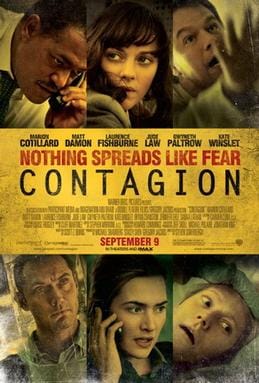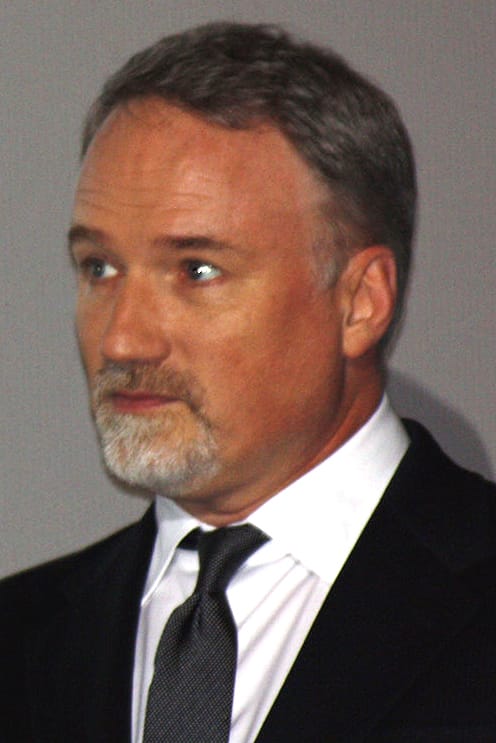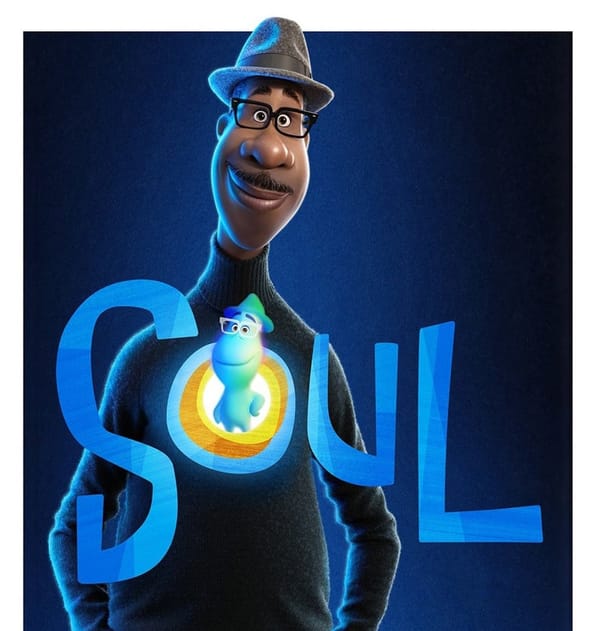Contagion: Ahead of its time
Film contributor Eva Borras reports favourably on Stephen Soderbergh's film, Contagion

Out of all the movies released in the past decade that could have become our reality, I find it hard to believe anyone would have imagined the surreal plot of Contagion, released in 2011, would describe what would happen 9 years later in 2020.
As the movie begins, we see Beth (played by Gwyneth Paltrow) flying from Hong Kong back to her home in Minneapolis and her husband (Matt Damon). She looks sick but we assume it’s nothing serious, yet four days after her return, she has a seizure and is taken to the hospital where she dies unexpectedly. From that moment on, similar deaths are seen around the world exponentially. Contagion tells the story of a seemingly harmless flu that ends up killing millions of people, doesn’t this sound familiar?
With an unbelievably talented cast, director Steven Soderbergh and screenwriter Scott Z. Burns manage to put together parallel storylines happening simultaneously all around the globe in response to the deadly virus. I thought it would be hard to follow the story as there are so many characters, and the pace of the film is not exactly slow, however it was not at all confusing. Every character represents a different perspective on how society would react (and in fact did) in response to a pandemic. From those creating conspiracy theories against the government like Alan (Jude Law) to the scientists working to create a vaccine like Dr. Hextall (Jennifer Ehle).
What I find makes this film extraordinary is Soderbergh’s choice of close-up shots in almost every scene which emphasise the fears of each individual. At times, the piece becomes so personal that the emotional journey of humanity in a crisis becomes the main theme, leaving the virus secondary.
I think watching Contagion, after having lived through 2020, is pretty much essential in realising how much physical contact we share amongst each other, and how important it is to work together for our survival.








